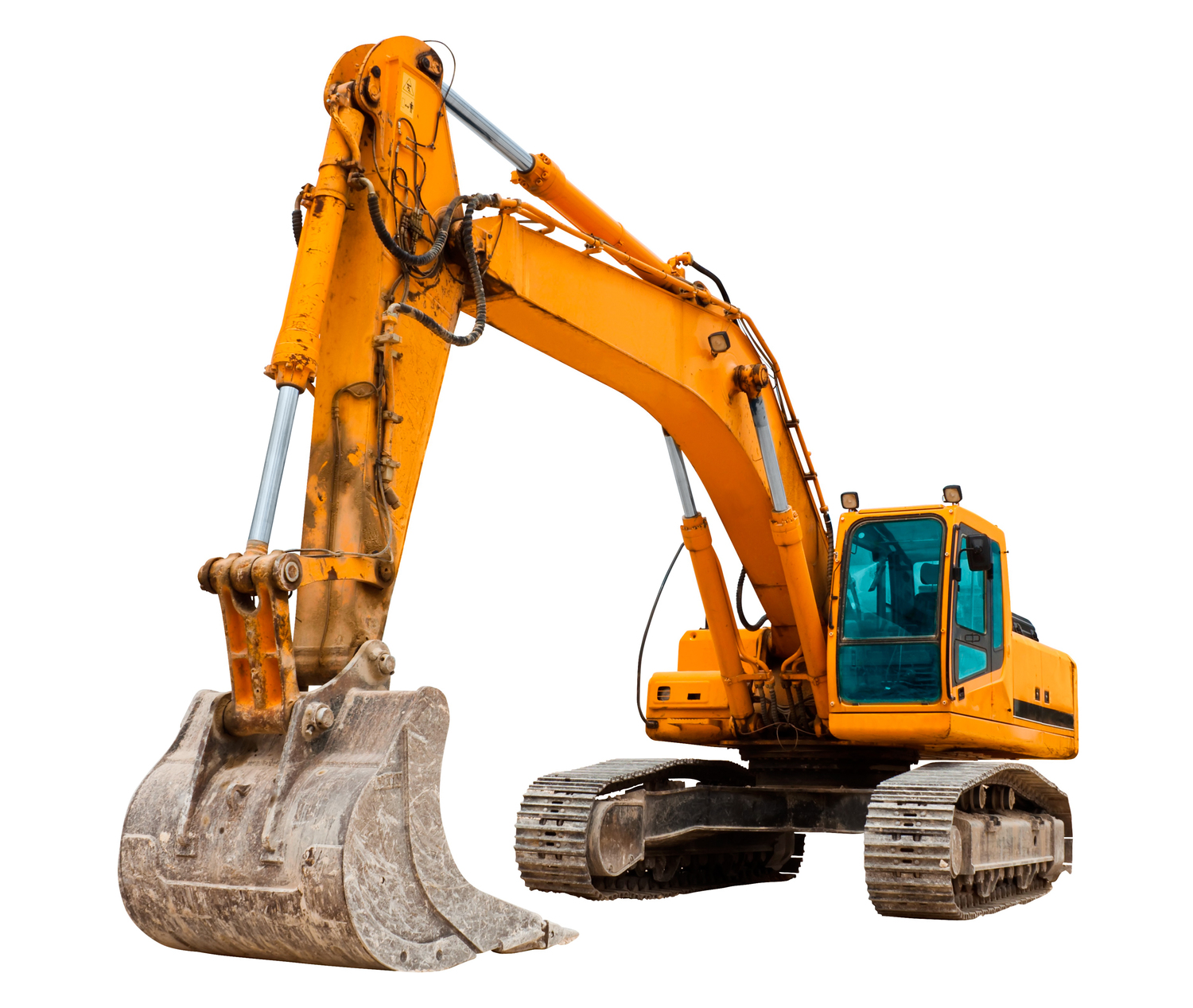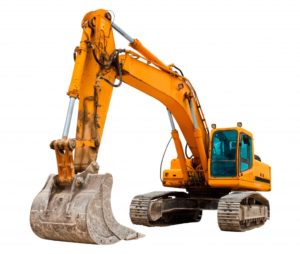Rubber Tracks vs. Steel Tracks: What’s the Difference?

 In many industries, excavators are important machines. In the construction industry, for instance, they are used for digging holes, trenches, and foundations, as well as general construction work.
In many industries, excavators are important machines. In the construction industry, for instance, they are used for digging holes, trenches, and foundations, as well as general construction work.
By using continuous tracks on your excavators, you prolong their lifespan, while also improving their efficiency and effectiveness.
Many people ask whether they should use steel tracks or rubber tracks for excavators. Tuff Stuff notes that both types of tracks have their advantages and disadvantages. If you’re having difficulty deciding which tracks to use, the following considerations will help.
Application
This should be the first and most important consideration of all. As a general rule, rubber tracks are best reserved for work in urban areas, such as on paved roads and parking lots, where steel tracks will make a lot of noise and can damage the surface.
However, for rough and rocky terrains, steel tracks are more suitable. They are also more appropriate for use on steep, inclined surfaces. The weight of the steel tracks will add more traction and stability to the excavator.
Longevity
Steel tracks show less wear and tear over time, and they may not need as much replacing as rubber tracks. However, when the excavator is in operation at least 40% of the time, rubber tracks can last longer than steel tracks.
Slack
Rubber tracks do not have slack in their system, so when heavy sand and debris get caught between the tyre and track, you might run into problems with de-tracking and track binding. Using steel tracks fitted with rubber pads can help you avoid this issue.
Cost
Rubber tracks are more affordable, and they are the more cost-effective option in most applications. However, considering the applications, you may save more in the long run if you go for steel tracks.
If your machine already runs on rubber or steel tracks and it seems to be doing fine with it, one of the best things you can probably do is to let it be. Converting from rubber to steel or vice versa can cause problems if you’re unfamiliar with the settings of your machine. If you are serious about switching, however, be sure you know your excavator like the back of your hand.




